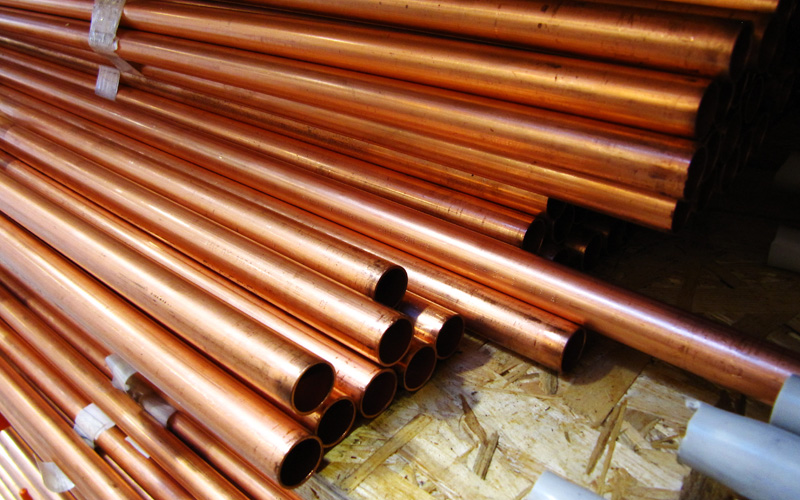The refined copper balance for the first two months of 2016, including revisions to data previously presented, indicates a production surplus of around 76,000 t (and a seasonally adjusted deficit of about 1,000 t). This compares with a production surplus of around 134,000 t (a seasonally adjusted surplus of about 70,000 t) for the same period of 2015.
In the first two months of 2016, world apparent usage is estimated to have increased by around 5% (190,000 t) compared with that in the same period of 2015 mainly due to higher Chinese imports of refined copper. Chinese apparent demand increased by around 15% based on a 35% increase in net imports of refined copper from the lower net import level in early 2015 and consequently lower apparent usage. Excluding China, world usage declined by around 2.5%. On a regional basis, usage is estimated to have increased by 9% in Asia (when excluding China, Asia usage declined by 3.5%), while declining by 8% and 4% in Africa and in the Americas respectively and remaining essentially unchanged in Europe and Oceania.
World mine production is estimated to have increased by around 3% (100,000 t) in the first two months of 2016 compared with production in the same period of 2015. Concentrate production increased by 4% while solvent extraction-electrowinning (SX-EW) remained essentially unchanged. The increase in world mine production was mainly due to a 54% rise in Peruvian output that is benefitting from new and expanded capacity brought on stream in the last two years. A recovery in production levels in Indonesia and the United States and a ramp-up in production in Mongolia also contributed to world growth. However overall growth was partially offset by a 6% decline in production in Chile, the world’s biggest copper mine producer and a 13% decline in DRC where output is constrained by temporary production cuts. On a regional basis, production rose by 6.5% in the Americas and 1.5% in Asia but declined by 4% in Africa, 0.5% in Europe and 3% in Oceania. The average world mine capacity utilization rate for the first two months of 2016 declined to around 82% from 83% in the same period of 2015.
World refined production is estimated to have increased by about 4% (135,000 t) in the first two months of 2016 compared with refined production in the same period of 2015: primary production was up by 4% and secondary production (from scrap) was up by 2%. The main contributor to growth was China (+6%), followed by the United States where production increased by 25%. Output in Chile and Japan, the second and third leading refined copper producers, increased by 3% and 5% respectively. Refined production in the DRC and Zambia declined due to the impact of temporary production cuts. On a regional basis, refined output is estimated to have increased in the Americas (9%), Asia (5%) and Oceania (16%) while declining in Africa (-16%) and in Europe (-2.5%). The average world refinery capacity utilization rate for the first two months of 2016 increased to 84% from 83% in the same period of 2015.
Based on the average of stock estimates provided by independent consultants, China’s bonded stocks increased by around 80,000 t in the first two month of 2016 from the year-end 2015 level. Stocks increased by around 5,000 t in the same period of 2015. In the first two months of 2016, the world refined copper balance adjusted for the change in Chinese bonded stocks indicates a production surplus of around 140,000 t compared to a similar surplus in the same period of 2015.
The average LME cash price for April was US$ 4,851.12 per tonne, down from the March average of US$ 4,947.55 per tonne. The 2016 high and low copper prices through the end of April were US$ 5,103.00 (on 18th Mar) and US$ 4,310.50 per tonne (on 15th Jan), respectively, and the year-to-date average was US$ 4,717.25 per tonne (14% below 2015 annual average). As of the end of April, copper stocks held at the major metal exchanges (LME, COMEX, SHFE) totalled 525,681 t, an increase of 43,813 t (23%) from stocks held at the end of December 2015. Compared with the December 2015 levels, stocks were up at the SHFE and down at LME and COMEX.




